These are some of the least expensive and most useful fly tying tools you can make yourself. A Velcro stick, a brush and a comb made from strips of Velcro, pieces of wood, hair combs and even ice lolly sticks!
While it's pretty difficult to make a bobbin holder, a whip finisher not to mention a whole vice, there are some simple and very useful fly tying tools, which you can easily make yourself for next to nothing.
These tools are so easy and inexpensive to make, that it's crazy to buy them. Of course you can get them with brass fittings and exotic wooden handles for a lot of money, but your flies won't be worse because your tool was made from an ice lolly stick! On the contrary, actually, because you can spend your money on materials in stead. And you get to eat the ice too!
The Velcro stick
The Velcro stick is exactly what the name says: a stick with Velcro. Such a tool is a must-have in any fly tying toolbox, and requires few materials an no skills to make. I will show you two basic models: the flat one and the round one.
You might as well make both while you're at it, and make a bunch so that you can give a set to your fly tying friends also.
You will need Velcro (duh!), but notice that Velcro consists of two types of material: hooks and loops. The hooks are harder and rougher than the loops, which are like coarse velvet. You want the hook side of things. It usually comes in strips, and you buy it by the yard or meter. Get some with a sticky back. It probably won't fully hold the Velcro in place, but it will help a lot while making the tools.
You also need dowel wood by the foot or meter, or round sticks the size of a pencil or so, about 10 millimeters or 1/3 of an inch in diameter.
Alternatively you can use some flat, wooden strips also in suitable lengths, about 10 millimeters wide and 2-3 millimeters or 1/3 by 1/10th of an inch. Wooden sticks from ice lollies are perfect in shape and size, but might not always be clean enough. In that case you can just buy strips of wood in similar dimensions in a craft or hobby store. Some craft shops actually also sell lolly sticks for craft purposes, and they will of course do fine.
You can glue the Velcro onto the wood, and my experience is, that you need to use a strong contact glue to get it to stick. Some of the types self-adhesive Velcro are convenient and sticky enough to sit there for pretty long, while others don't work as well, and need some aide from glue or staples.
I often use an office stapler and simply staple the Velcro in place. Look at the pictures to see how.
The Velcro is a perfect tool for any dubbing or hackle. Be quite rough on the dubbing and a little gentler on the hackle. You will be surprised how big a difference there is before and after a Velcro-treatment.
Cut a piece of the wood in a suitable length. I find that 15-20 centimeters or 6-8 inches is good. It's not critical. You may want to sand the ends to round them a bit.
Cut small pieces of the hook side of the Velcro. Same width as the stick, or the circumference of the dowel wood.
Stapling the Velcro onto the round stick is easy. Simply mount the Velcro and punch a staple through the Velcro into the wood in each end of the strip. Stapling might not work quite as well on the flat sticks that tend to crack. A contact glue will work better. Give both the Velcro and the stick a thin layer and let it dry for a few minutes. Then squeeze the parts together and hold them for a moment, and they should be bonded.
The Velcro will gather a lot of material when you use it. You can easily remove this by running a dubbing needle along the “grooves” in the Velcro and pulling out the material.
The cut-down toothbrush
You can use an old toothbrush, which has been worn or you can blow the money or a brand spanking new one. Some people might not like using a brush, which has been in the mouth, but give it a trip in the dishwasher or pour boiling water over it, and it'll at least be germ free. If a used brush has gathered some chalk in the base of the bristles, remove that by leaving the brush in citric acid or some other agent used to decalsify things like coffee machines, and most of it will be gone.
Then bring out a pair of scissors and trim the bristles to about a third of their original length. Spare your finest fly tying scissors for this tough job and use coarser office or kitchen scissors. The trimming will give you a suitably stiff brush, but still not so stiff that it will ruin the fly that you treat with it.
The brush is excellent for brushing feathers, hackle, light and fluffy dubbing, hair hackles or almost anything that needs grooming rather than ripping after it's been tied in.
You can also use it for grooming synthetics into parallel bunches before tying them on the fly, and some types of feather wing flies call for barbs of different qualities and colors brushed together, and the toothbrush I perfect for this purpose.
You can tune the brush to make a combo tool by adding a small patch of Velcro on the backside, et violà! You have the ultimate brushing tool, all-in-one.
The amputated comb
An ordinary hair comb can be a really nice tool to have, especially for working with deer hair and bucktail or long fibered synthetics. In many cases you want to remove the soft underfur from the natural materials before using them, and grabbing the hair by the tips and combing the butts can be an excellent way of getting rid of the soft, voluminous underfur, which will interfere severely with the coarser hair when spinning muddler heads or deer hair bodies.
I have seen deer hair master Chris Helm tie on several occasions, and he has a comb mounted permanently, teeth up, next to his vice, and simply draws the hair through this before stacking and spinning. Removing the underfur makes this process much easier.
Chris sells a device called “the comb holder” in his shop Whitetail Fly Tieing. It fits onto the stem of the vice or can be mounted in an optional C-clamp.
It should be easy for you to make a device with the same function, which can be a great help if you tie many deer hair poppers, muddlers, mice or similar flies. A bulldog clamp, some metal scraps and a C-clamp and you can most likely get the comb mounted next to your vice.
I have also seen combs used to get synthetic hair to act nicely, combing several colors together. Combing hair wings as well as feather wings can also be a good way to mess them up in an orderly manner, still randomly mixing materials of different colors and/or qualities.
You can buy lots of combs labeled “dubbing combs” or the like, but you might as well just buy a cheap plastic or metal comb in any pharmacy. This can be used whole or cut into several pieces that you can mount and use in different ways. If the combs you can find are too fine, simply cut out every second tooth to get a coarser configuration.
Plastic has one disadvantage, though: it can charge the material with static electricity. Using a metal comb will not have that effect, but sometimes the metal combs can be rough, and pulling them through the material can be hard.
But with the price of combs, you can probably afford to experiment.
- Log in to post comments

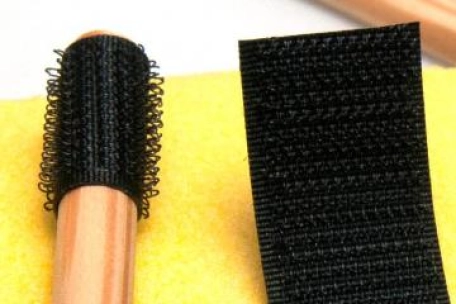
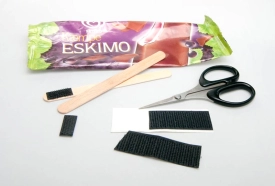
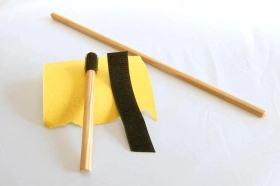
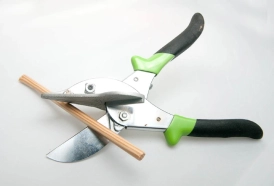
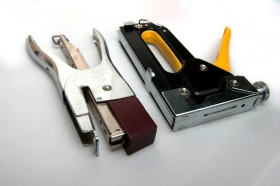
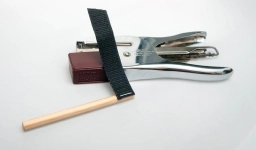
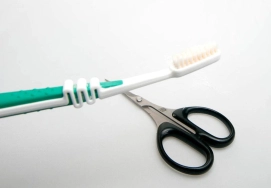
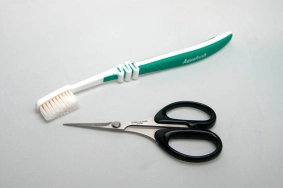
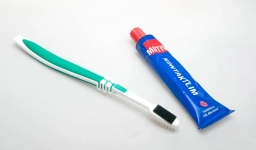
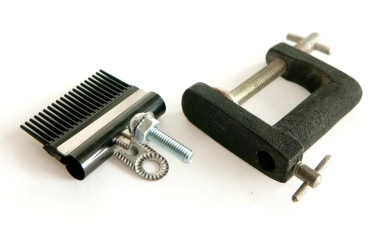
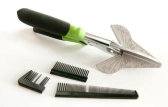
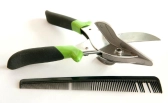
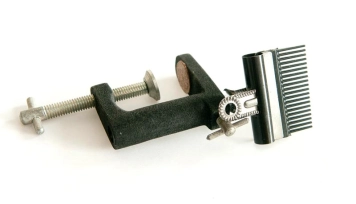
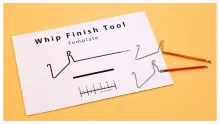
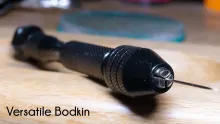
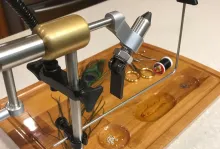
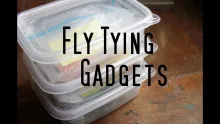
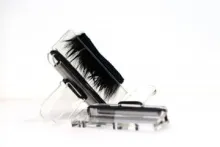


The mitre cutter han
The mitre cutter hand shear can be bought on Amazon. Read the reviews carefully; most of these mitre cutters are used to cut soft woods like pine and basswood (linden, lime). As a woodcarver, I can tell you that I constantly hone and strop, (not sharpen unless the edge is damaged), my knives and chisels, even when carving basswood. Sharp tools keep emergency room visits at a minimum. Oak and cherry require super sharp tools; according to most mitre shear reviewers, these hand shears take Herculean hand strength to cut hardwood moulding. I would stay with a small accurate mitre box for hardwoods. Beware! You get what you pay for regarding any tool, hand or power. I clamp dowels in a vice and cut them to size using a coping saw.
I like these ideas.
I like these ideas..
I just started tieing flys about. 3 months ago.
Just something go do. but I've. Been looking for pritty and colorful flys to tie and this web sit really helped.
Thank you guys
Very nice piece Mart
Very nice piece Martin. Have been using velcro teasers for years. The comb idea looks great.
Johnny,
I reckon
Johnny,
I reckon you mean the wood strip pliers? I think the correct English term for the tool is a miter cutter or a hand shear. Search Google for these words and you will find a bunch much like my tool. I have bought it in my local hardware store and have seen similar tools in DIY centers.
Hope this helps
Martin
Those pliers: who m
Those pliers: who makes them and where can they be purchased?
Velcro side
"You want the loop side of things." Are you sure?
Nope.. the hook side of course
Mac,
If I have written that, I've had butter fingers or my brain somewhere else. My bad. You want the hook side of things of course! The hooks are the grips and the loops are the soft, more fabric like side that they grip into. I will fix that immediately.
Martin